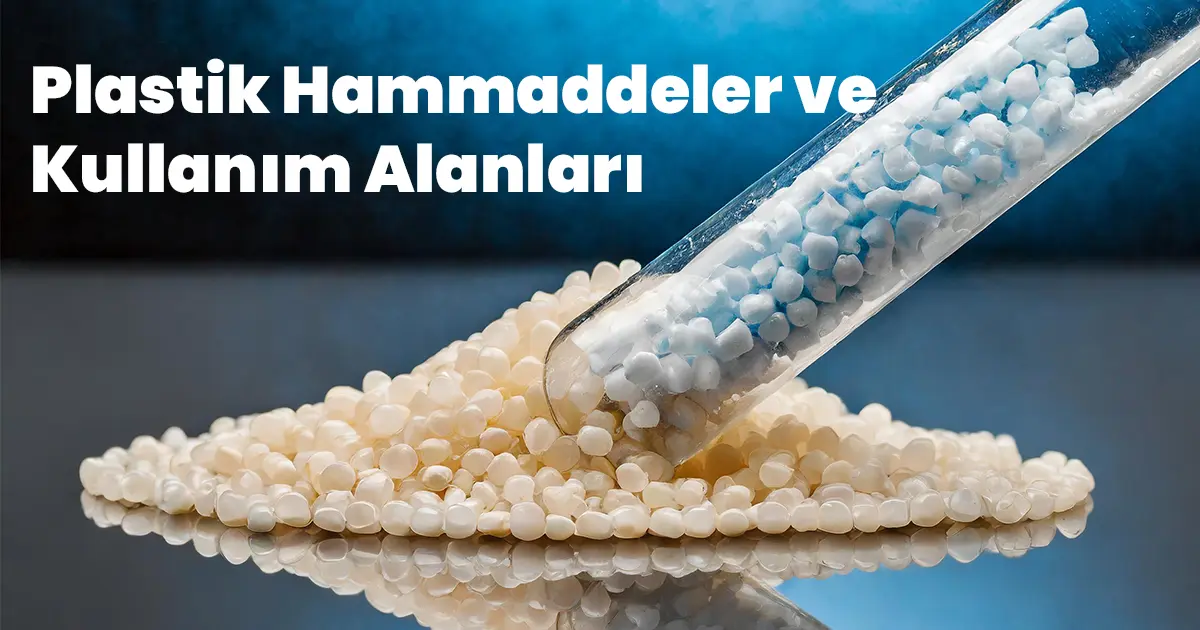Plastic raw materials are materials produced from organic substances with large molecular structures, known as polymers. These polymers are typically produced by polymerizing small molecules called monomers, which are obtained from sources such as crude oil, natural gas, or biological sources.
Plastic raw materials are generally divided into two main categories: thermoplastics and thermosets.
Thermoplastics:
These plastics soften and change shape when heat is applied. They harden again upon cooling and can undergo this process multiple times. Examples include polyethylene (PE), polypropylene (PP), and polyvinyl chloride (PVC).
- High-Density Polyethylene (HDPE): Used in water pipes, bottles, toys, and detergent bottles.
- Low-Density Polyethylene (LDPE): Used in packaging films, bags, and flexible lids.
- Linear Low-Density Polyethylene (LLDPE): Used in film production, packaging materials, and water pipes.
Thermosets:
These plastics permanently harden after being heated once, and further heat application is not possible. Therefore, they are difficult to recycle once shaped. Examples include epoxy and phenol formaldehyde resins.
- Polypropylene (PP): Used in carpets, plastic containers, and textile products.
- Block Copolymer Polypropylene: Used in automotive parts, impact-resistant coatings, and medical materials.
- Polyvinyl Chloride (PVC):
- CPVC: Used in water pipes, chemical storage tanks, and industrial pipe systems.
- PVDC: Used in food packaging and pharmaceutical packaging.
- Polyethylene Terephthalate (PET):
- APET: Used in food packaging, transparent coatings, and blister packaging.
- CPET: Used in microwave oven trays and food containers.
- Polystyrene (PS):
- General-Purpose Polystyrene (GPPS): Used in tableware, cups, toys, and packaging materials.
- High-Impact Polystyrene (HIPS): Used in electronic device packaging, toys, and coating materials.
- Polymethyl Methacrylate (PMMA):
- Acrylic: Used in display cases, advertising panels, lighting fixtures, and optical lenses.
- Polycarbonate (PC): Used as a substitute for glass in applications such as safety glass, children's toys, and computer casings.
- Polyethylene Naphthalate (PEN): Used in food packaging, electronic applications, and transparent coatings.
- Polyamide (PA):
- Nylon 6: Used in toothbrushes, carpets, textile products, and automotive parts.
- Nylon 66: Used in automotive parts, carpets, and toothbrushes.
- Polyethylene Sulfonate (PES): Used in electronic circuit boards, automotive parts, and medical devices.
This list provides a general overview of typical applications where specific types of plastics are used. However, plastic applications are continually expanding and evolving, so each type of plastic can be found in various applications across different industries.

